He donned his dark grey pinstriped suit – the one he always wears for Supreme Court arguments – and fixed his cuffs with the “D”-monogramed links that had been his grandfather’s.
And then, aware of the “pretty narrow window of what is acceptable attire in court,” he chose a tie that, “while understated and appropriate, does have a little bit of pink in it.”
Pink, the traditional color of the LGBTQ movement, “a signal of defiance and resilience,” he said. With that, Douglas Hallward-Driemeier ’89 was ready to argue the most momentous case of his career, the one that would result in the 5-4 decision that legalized marriage between two people of the same sex.
Hallward-Driemeier has argued before the U.S. Supreme Court 17 times, including earlier in the same month, April 2015, of the Obergefell v. Hodges argument. While preparing for the latter, “the highlight of my career,” he followed many of the routines that he follows for every case, though with extra emphasis on a few steps.
Ultimately, he said, “it’s all about preparation,” which includes:
COLLABORATING AND STRATEGIZING. Chris Stoll ’91, a friend from DePauw and Harvard Law School, brought Hallward-Driemeier into the marriage case in November 2014. The 6th Circuit U.S. Court of Appeals had ruled against the National Center for Lesbian Rights, where Stoll is a senior staff attorney, sanctioning Tennessee’s refusal to recognize the marriages of gay and lesbian couples who were married elsewhere and moved to the state.
Hallward-Driemeier and the team designed their case thinking the high court might require states to recognize marriages that occurred in other states, a “baby step” toward equality. But then the court said it would consider two issues raised in four cases – the constitutionality of same-sex marriage bans and the recognition issue. That, he said, “increased the level of collaboration we had to have with the other counsel. We were all collaborating very, very closely anyway, but once it was agreed that I was going to argue for all of the plaintiffs on the second question, it was more formalized. I am now speaking for them as well. I need to be engaged with them and taking their points and suggestions, but I also had to know the facts of their plaintiff’s case better than I had.”
While his associates surveyed marriage laws across the country, Hallward-Driemeier and other team members anticipated issues the justices might ask him about. “You have to say, if I were coming to this totally fresh and I was just a really super smart person and very, very curious, what are the questions that I would have?” he said.
“At the end of the day, there’s only one person who’s at the podium, and it’s you.”
IDENTIFYING THE TARGET: During preparation, “everybody knew that the entire case was about Justice (Anthony) Kennedy,” he said. “We had written our briefs for Justice Kennedy. We had thought long and hard about how to pitch it. We pitched our case as a marriage case, not an equal protection case, because we thought that was how Justice Kennedy would respond.”
Indeed, during the arguments, “every question that every justice asked was designed to sway Justice Kennedy,” who ultimately wrote the majority opinion.
STEPPING AWAY: After “trying voraciously to just suck in as much information” as he can, “at some point you have to step away from that so that you’re dealing with it at a higher level of generality; you’re thinking about your themes; you’re thinking about, how am I going to articulate that? How am I going to pivot that question? If it’s a hostile question, how am I going to turn it?
“… At the end of the day, there’s only one person who’s at the podium, and it’s you. So, first of all, you have to have it in your brain. Second of all, you have to be confident about it.”
PREPARING THE MANILA FILE FOLDER: Instead of memorizing lengthy answers to specific questions that may or may not be asked in just that way, Hallward-Driemeier homes in on topics. He handwrites his notes, because there is “something about the process of going from the brain to the fingers that helps in the memory.” Then he repeats the process, writing on the inside of a manila file folder, “my cheat sheet, because if I’m going to quote from a cases, I want to make sure I get the quote right. … That way I don’t need to have memorized those pages. That doesn’t seem like a good use of brain space to me.”
HOLDING MOOT COURT: For most cases, Hallward-Driemeier practices in two moot courts. For Obergefell, he and the team held four formal moot courts and various informal sessions. They started a month before oral arguments were to take place, unusually early for moot court, he said.
TAKING A WALK: As an oral argument nears, “I go on a long walk. I don’t have any papers,” he said. “I just am on a long walk and thinking it through in my head. …
“For the marriage case, rather than doing that on my own, I had three colleagues who were working very, very closely with me and whom I just trusted absolutely, each of whom brought something different. They came over to my house and we went on a long walk together and, as it happens, it was at the peak of cherry blossom bloom. There’s a neighborhood very nearby with beautiful cherry trees and we just walked around and around and around this neighborhood, talking through the case.”
After that, he avoided the office for the days leading up to oral arguments, preparing at home “because I needed to be in my own head. I needed to be thinking it through myself because, again, you own it yourself at the podium. I couldn’t take any more input at that point.”
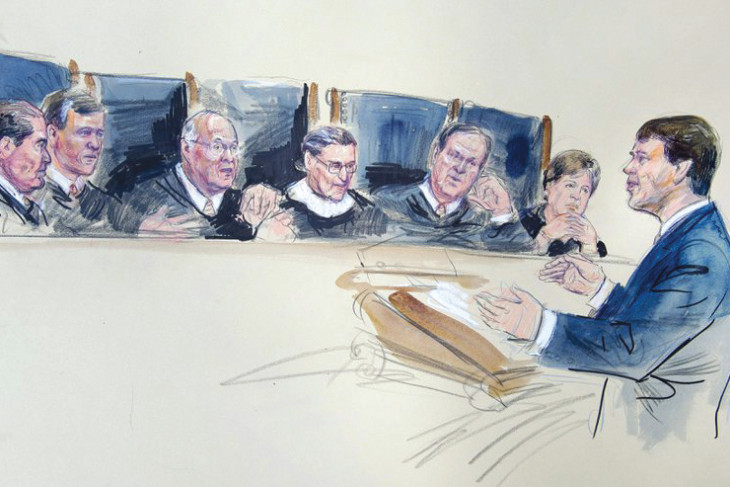 Dana VerKouteren
Dana VerKouteren
SETTLING IN: When the arguments have begun and opposing counsel is speaking, Hallward-Driemeier takes notes, especially of the questions the justices have asked. “I’m looking for an opening in those questions,” he said. “… I don’t really like giving speeches and so I always feel much more comfortable once the questions start, because then I’m in conversation with the justices.
“If I’m the respondent or appellee, I’ll always prepare opening remarks, but I almost never give them as prepared because what I’m looking for is an opportunity to jump into an ongoing conversation. … For me, that’s how to make it more natural and how to engage them. You have to see oral argument as a discussion.”
SETTLING DOWN: While his co-counsel was arguing the constitutionality question, Hallward-Driemeier experienced something that has not happened before or since: “I started to experience a very tight chest. …
“I thought to myself, this would be a very, very bad time to have a heart attack. I said to myself, OK, the chance of my having a heart attack was almost nil, but it sort of felt like that. I really went through this process: OK, you’re feeling the pressure. I hadn’t been focused on that; I’d been focused on the argument prep. All of a sudden, sitting there, the weight of this hit me. And I had to go through a process. I had to let it go.
“It’s not the weight of all of these people on me. … I had friends, clergy friends, who were outside the court praying for me. I knew that. And I thought, they’re there. All of these people are lifting me up. And I thought about that and, with that, I was going to let it go, and the pressure went away and I was able to focus again on the case.”
DePauw Magazine
Spring 2021
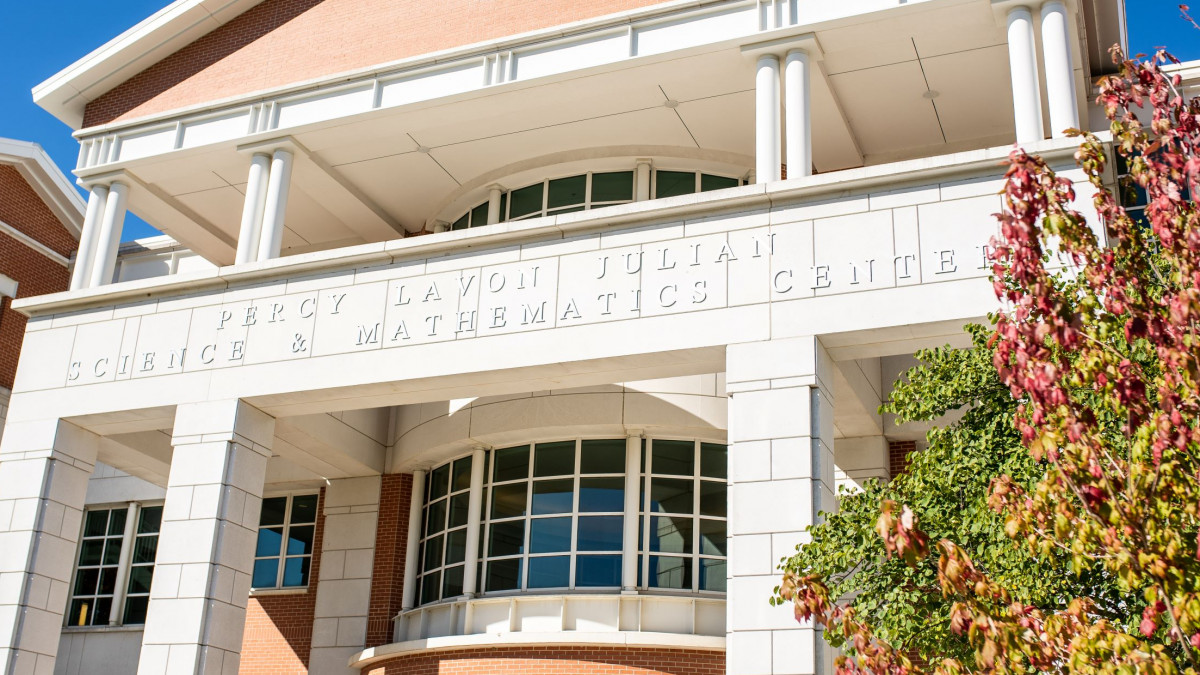 Leaders the World Needs
Leaders the World Needs First Person by Nate Spangle ’19
First Person by Nate Spangle ’19 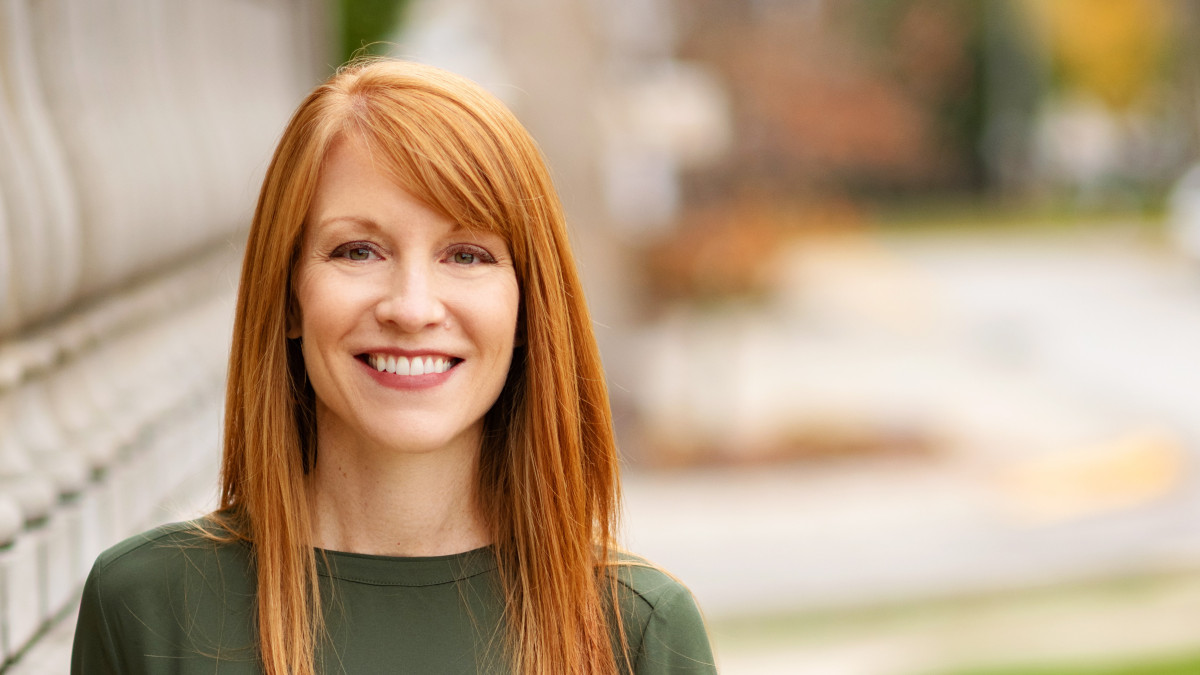 The Bo(u)lder Question
The Bo(u)lder Question 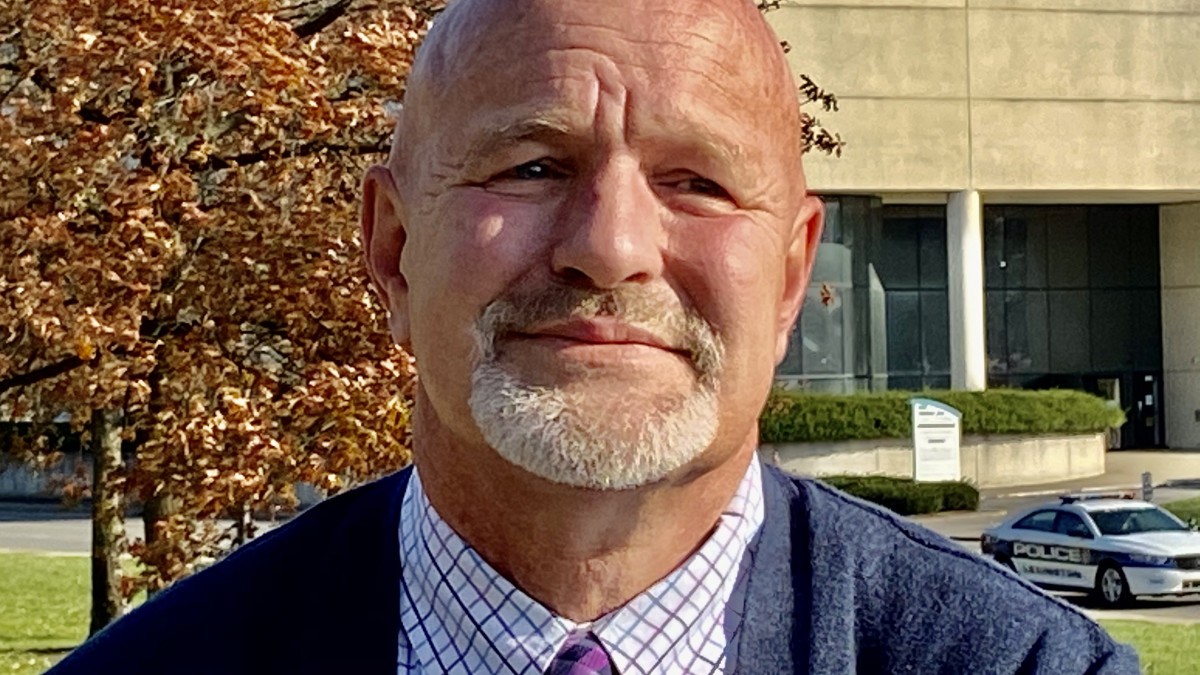 How to reckon with the past
How to reckon with the past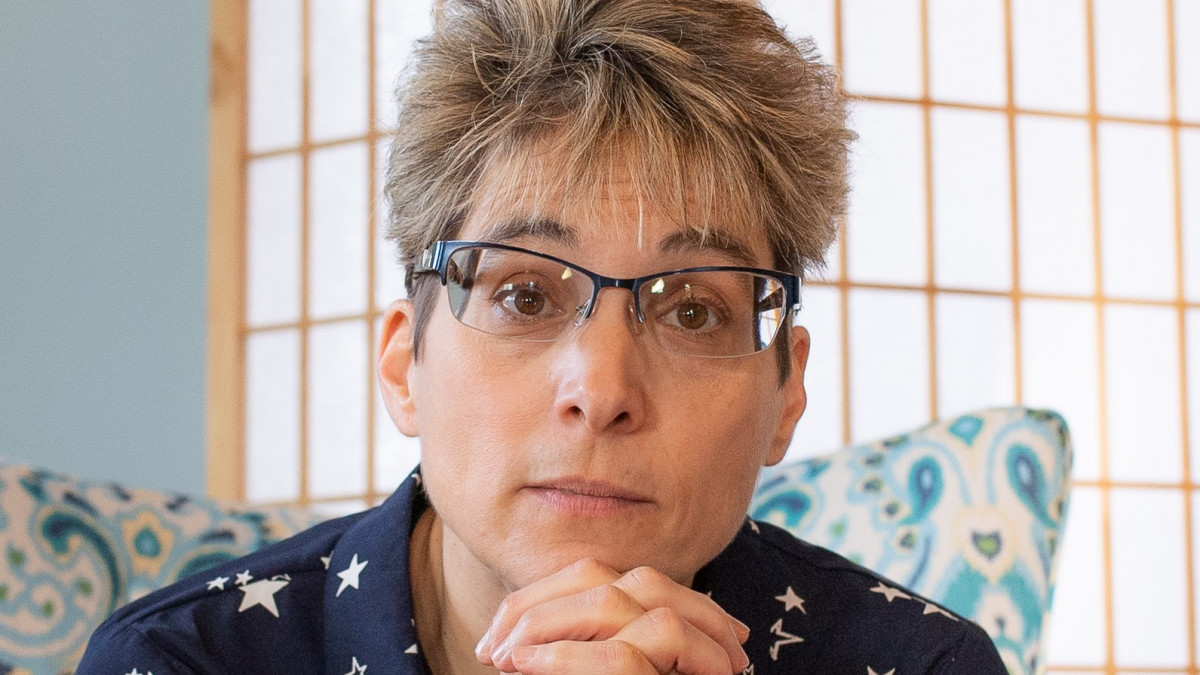 How to die peacefully
How to die peacefully How to be creative in a crisis
How to be creative in a crisis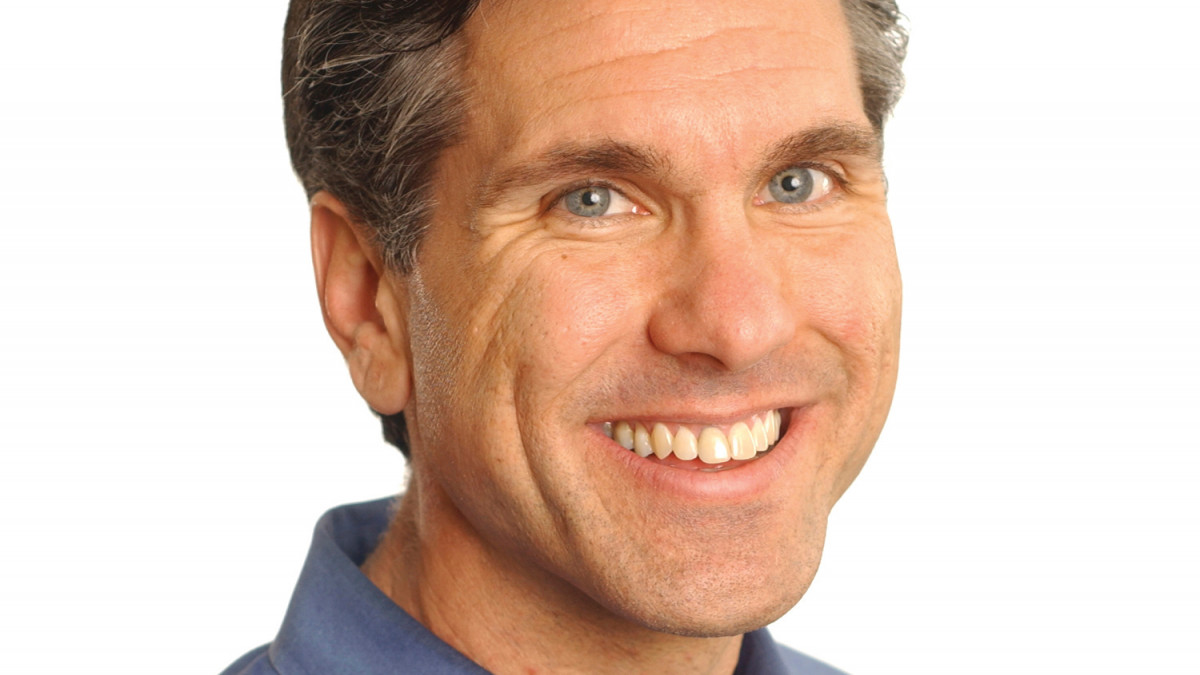 How to do well by doing good
How to do well by doing good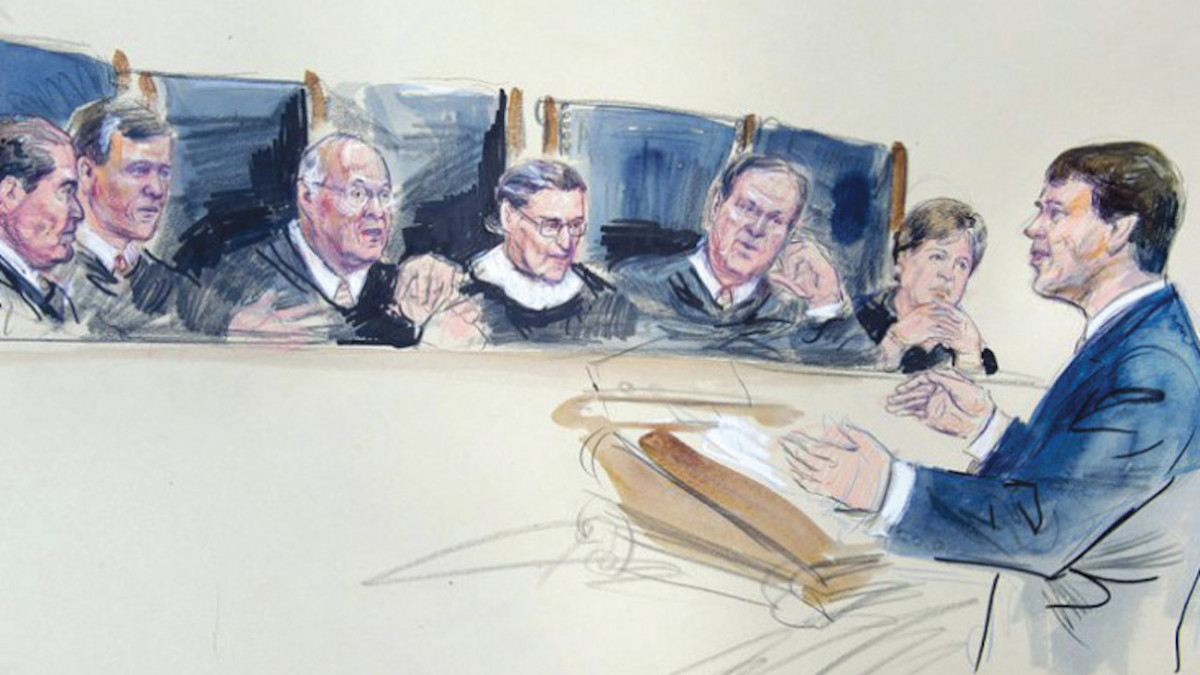 How to argue before the Supreme Court
How to argue before the Supreme Court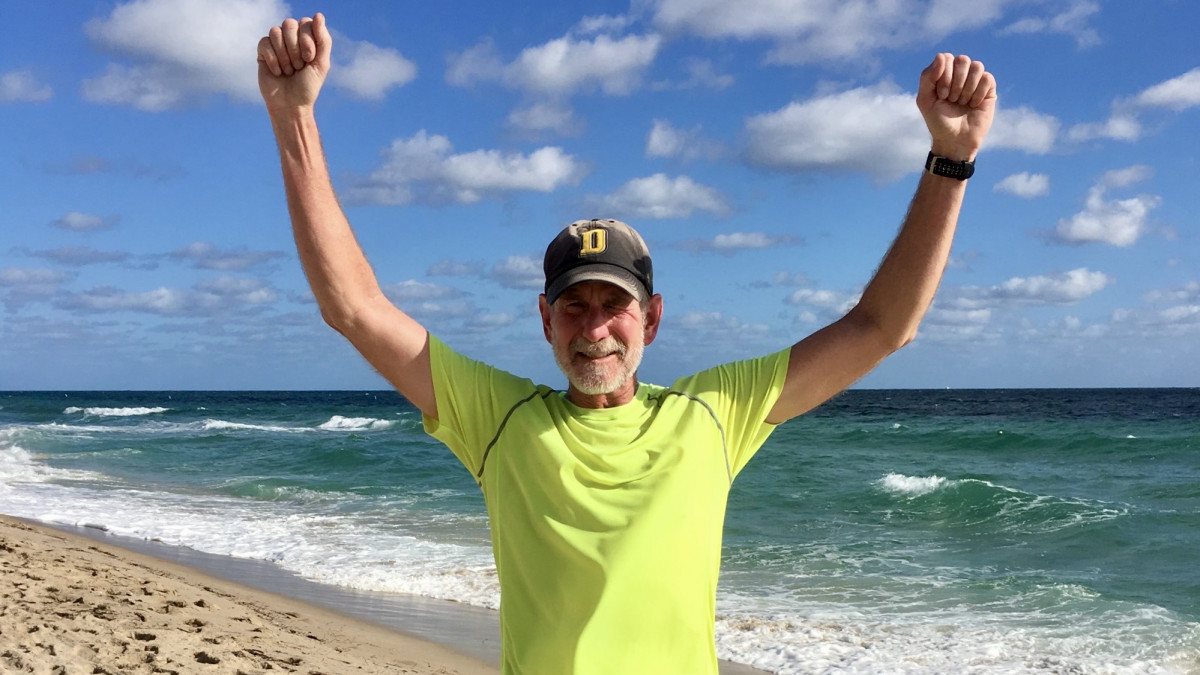 How to run for your life
How to run for your life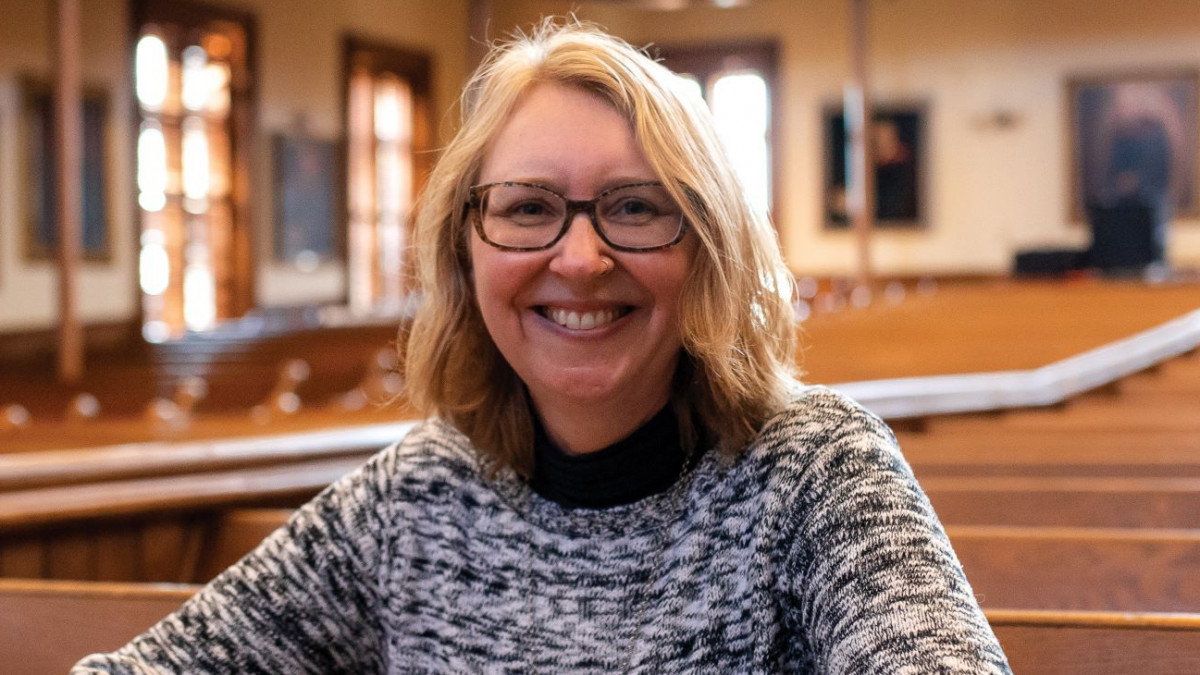 How to write a love letter
How to write a love letter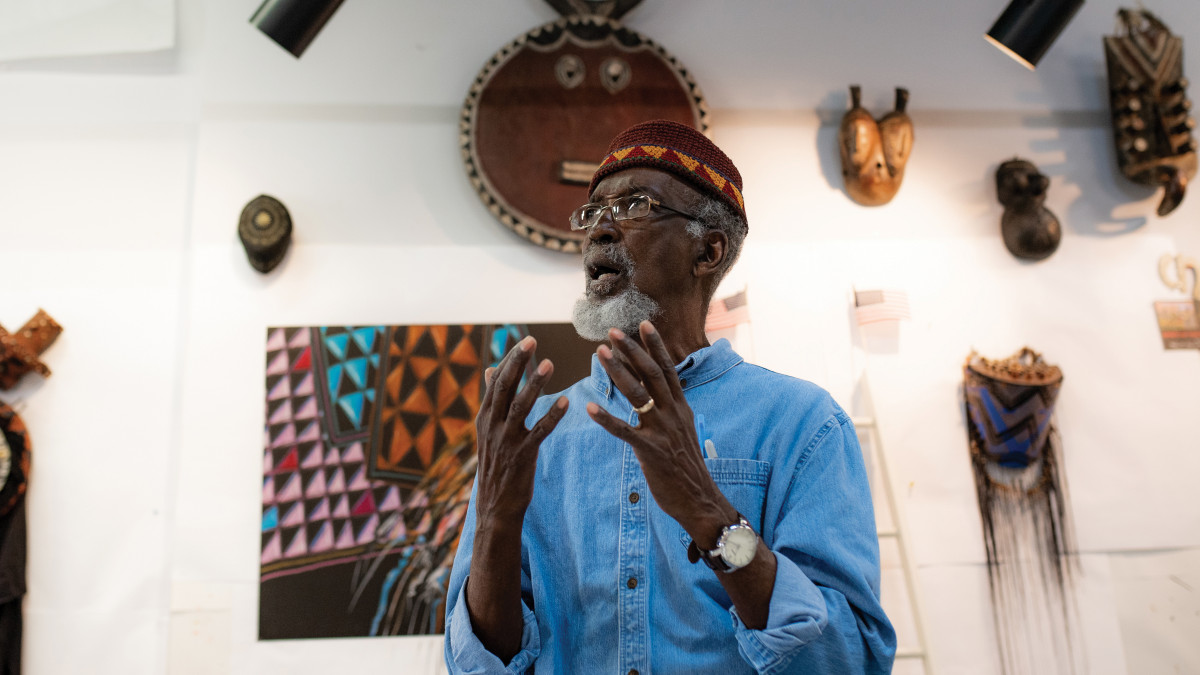 How to create art
How to create art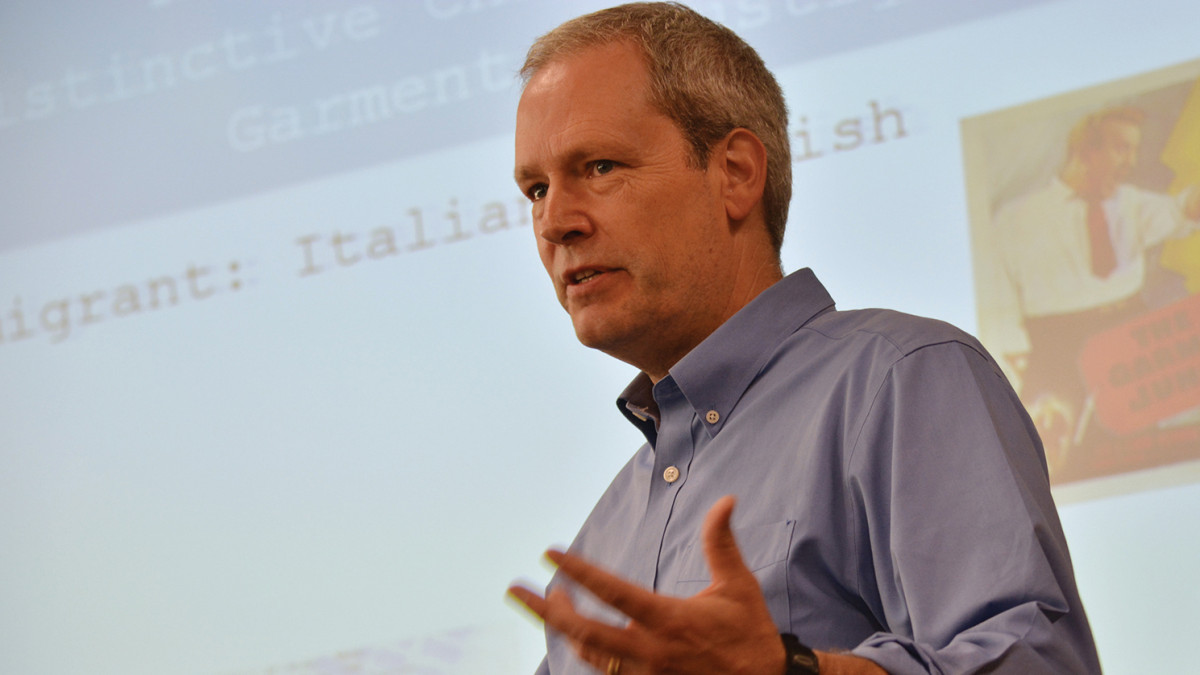 How to find Jimmy Hoffa
How to find Jimmy Hoffa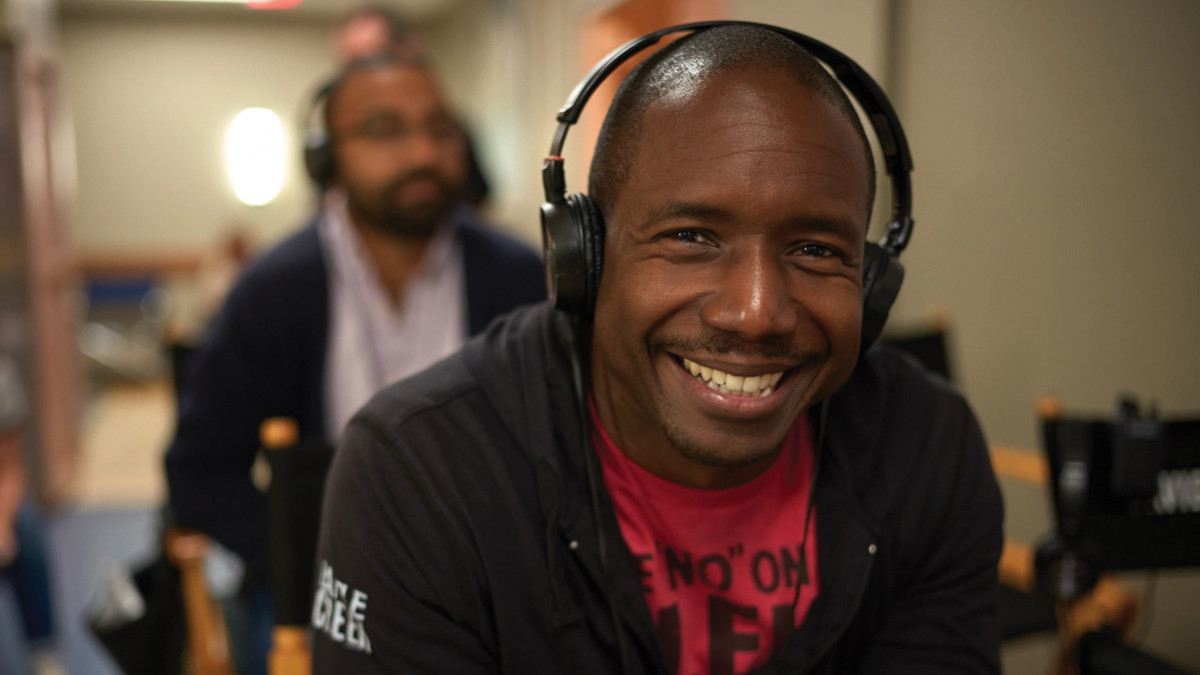 How to break into TV
How to break into TV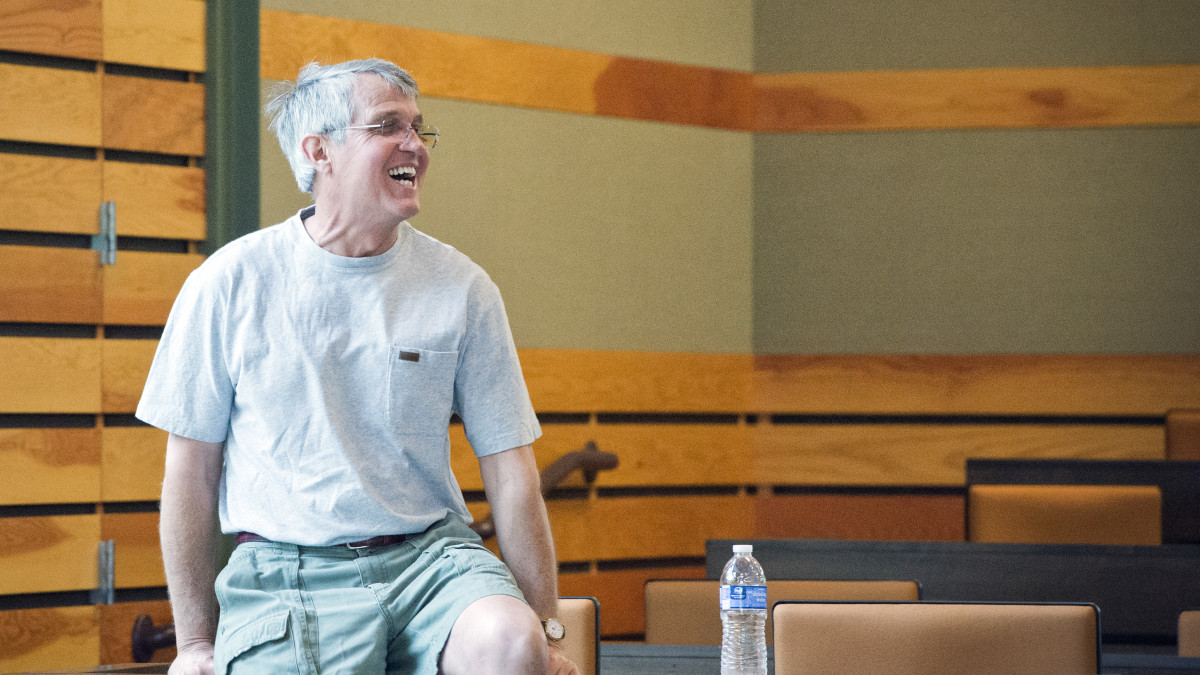 How to be happy
How to be happy 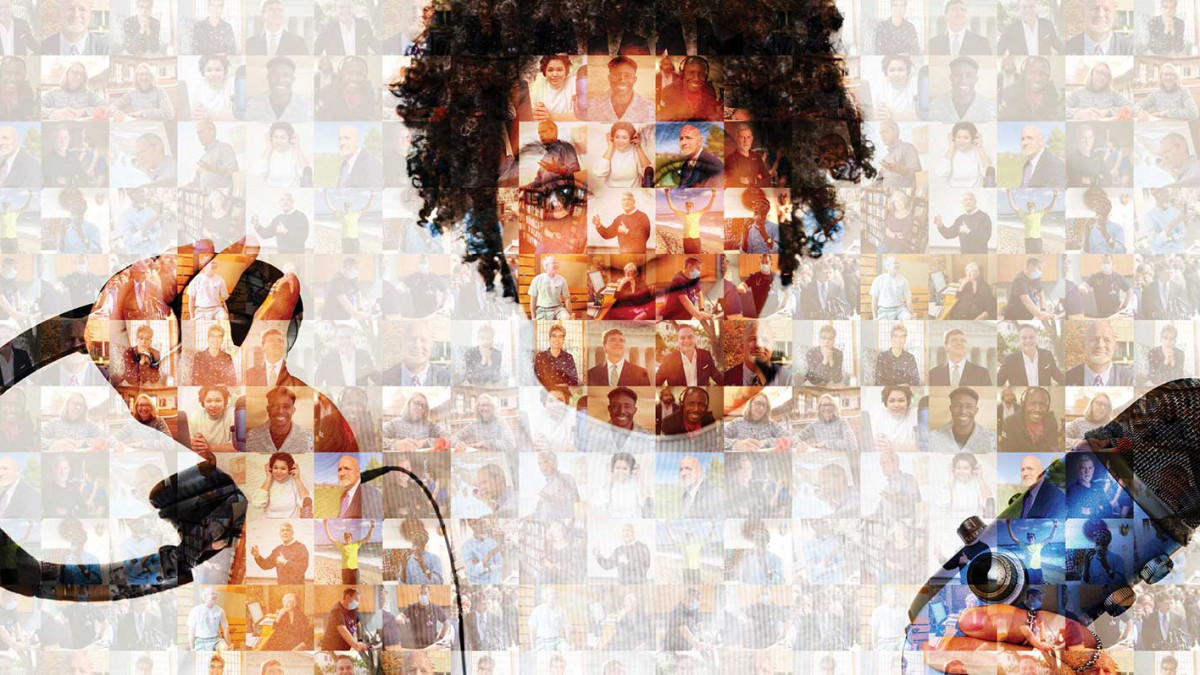 DePauw Magazine: The How-To Issue
DePauw Magazine: The How-To Issue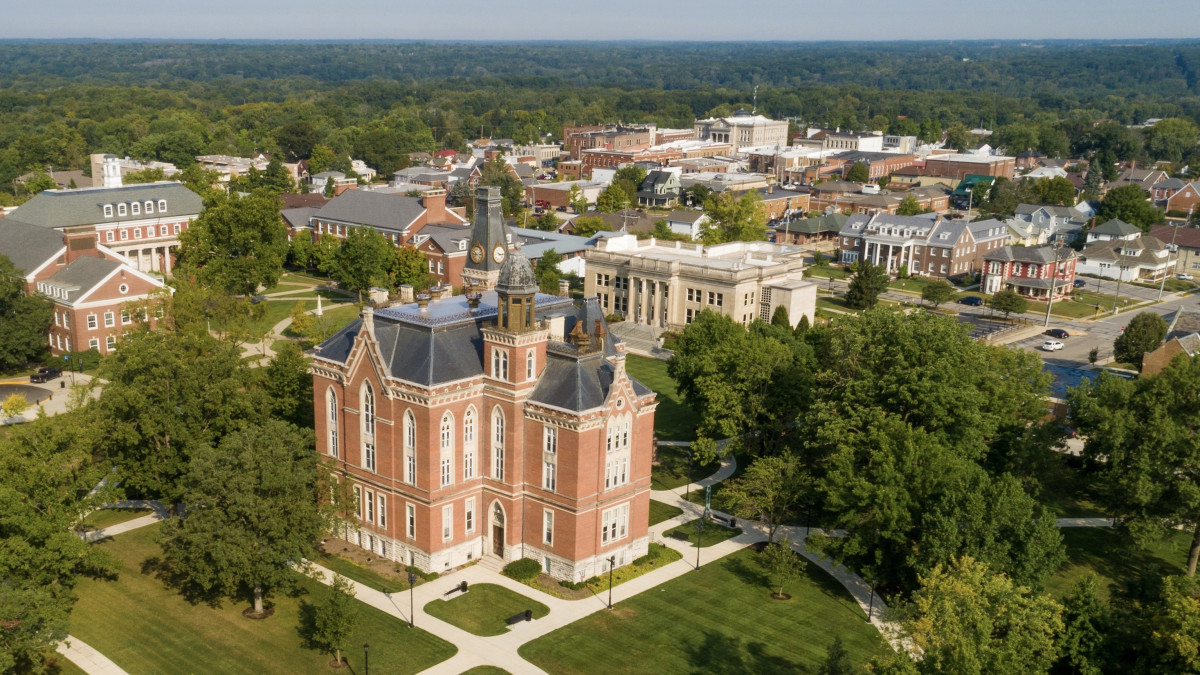 Town-gown: How to find common ground on common ground
Town-gown: How to find common ground on common ground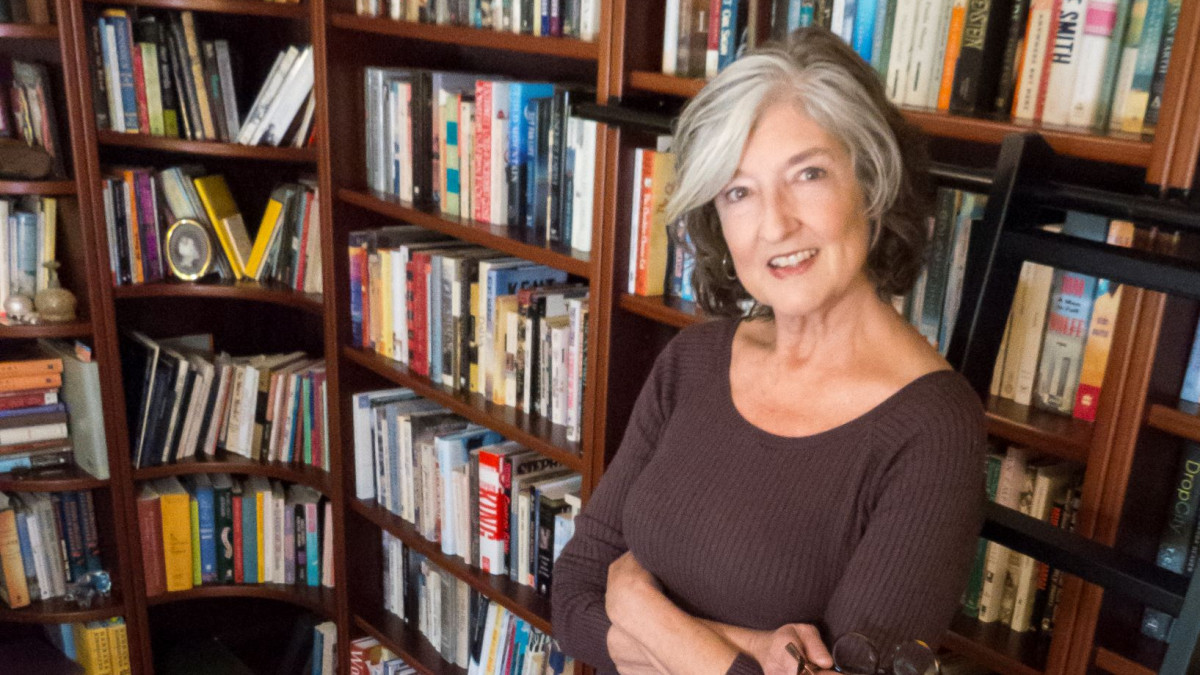 How to write a bestseller
How to write a bestseller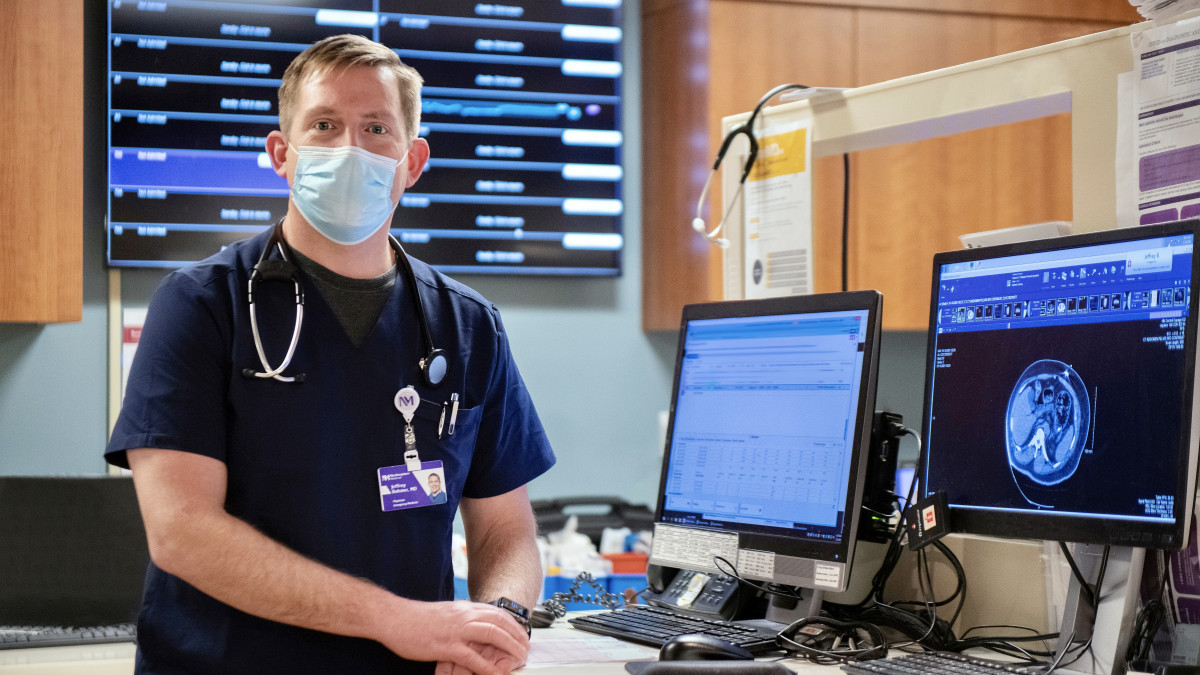 How to save a life
How to save a life
DePauw Stories
A GATHERING PLACE FOR STORYTELLING ABOUT DEPAUW UNIVERSITY
Browse other stories
-
Athletics
-
Men's Basketball - Tigers Extend Win Streak to Six with Overtime Win at Augustana
-
Women's Basketball - DePauw Wraps up Hasbrook Tournament with 60-30 Win over Ohio Northern
-
Women's Basketball - Strong Fourth Quarter Lifts Trine to Comeback Win over DePauw
More Athletics
-
-
News
-
Student and Professor Share Unexpected Writing Journey
-
Four in a Row! DePauw Wins 131st Monon Bell Classic
-
Jim Rechtin '93 Featured in Fortune Magazine
More News
-
-
People & Profiles
-
Entrepreneurs Eric Fruth ’02 and Matt DeLeon ’02 Are Running More Than a Business
-
Rick Provine Leaves Legacy of Leadership and Creativity
-
History Graduate Cecilia Slane Featured in AHA's Perspectives on History
More People & Profiles
-
-
Have a story idea?
Whether we are writing about the intellectual challenge of our classrooms, a campus life that builds leadership, incredible faculty achievements or the seemingly endless stories of alumni success, we think DePauw has some fun stories to tell.
-
Communications & Marketing
101 E. Seminary St.
Greencastle, IN, 46135-0037
communicate@depauw.eduNews and Media
-
News media: For help with a story, contact:
Bob Weaver, Senior Director of Communications.
bobweaver@depauw.edu.